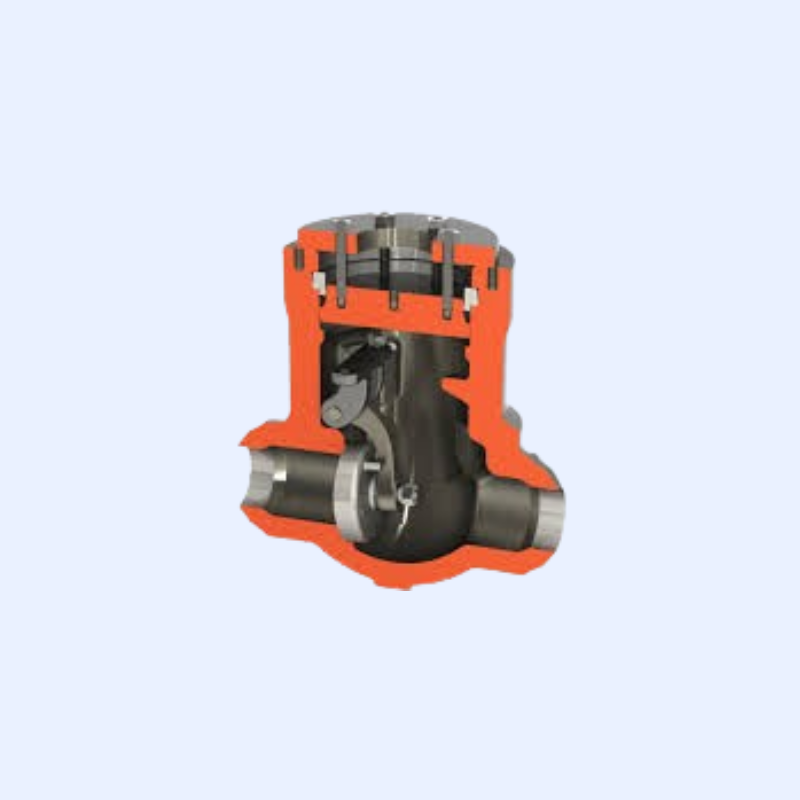- Home
- Product Detail - Pressure seal swing check valves
Product Detail
-(1).png)
-
Bimetallic steam traps
- Type MFA & MFAS compressed air drain traps
- Type MFT & MFTS float bimetallic steam traps
- Type N forged HP/HT steam traps
- Type Q250 hermetically-sealed steam traps
- Type SPF & SP high capacity piston-operated steam traps
- Type SSF steam traps
- Type TS, TSF & SF forged steam traps
- Piping King package units
- Thermodynamic steam traps
Pressure seal swing check valves
Description
Flowcen Pressure Seal Swing Check Valves are engineered for high-pressure applications, preventing backflow while ensuring smooth fluid movement. Designed to meet API and ASME standards for industrial flow control
Product Details:
-
Size Range: Available from 2” to 36”
-
Pressure Class: ASME Class 600 – 2500
-
Standard Connections: Flanged (RF, RTJ), Butt Weld
-
Body Material: Carbon Steel, Stainless Steel, Alloy Steel
-
Bonnet Type: Pressure Seal Bonnet for enhanced sealing performance
-
Disc Type: Swing Type for efficient backflow prevention
-
Flow Direction: Unidirectional for reliable check operation
-
End Connections: ASME B16.5 (Flanged), ASME B16.25 (Butt Weld) for secure fitting
-
Standards Compliance: API 6D, ASME B16.34, MSS SP-144, ISO 10434 for global acceptance
Features and Benefits:
-
Superior Backflow Prevention: Swing check mechanism ensures effective flow control and prevents reverse flow.
-
High-Pressure Sealing: Pressure seal bonnet provides leak-proof performance under extreme pressure conditions.
-
Optimized Flow Design: Reduces pressure drop, ensuring efficient fluid movement within the system.
-
Durable Construction: Engineered with high-strength materials for extended service life and reduced maintenance.
-
Versatile Industrial Applications: Suitable for power plants, steam systems, refineries, and oil & gas industries.
-
Global Compliance: Conforms to API, ASME, and ISO standards for international acceptance and reliability.
-
Low Maintenance: Precision-engineered components minimize wear and tear, reducing operational downtime.


